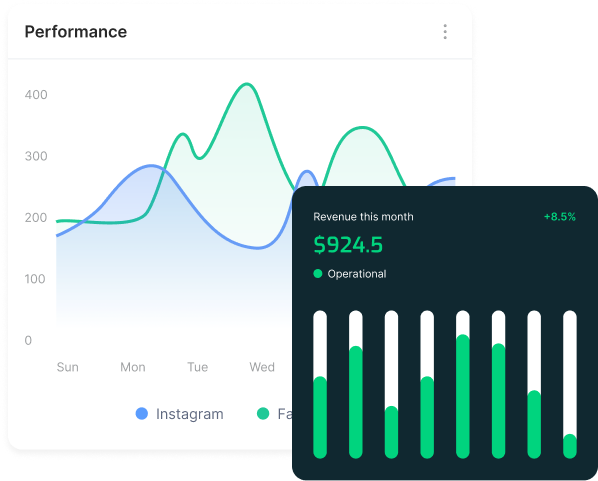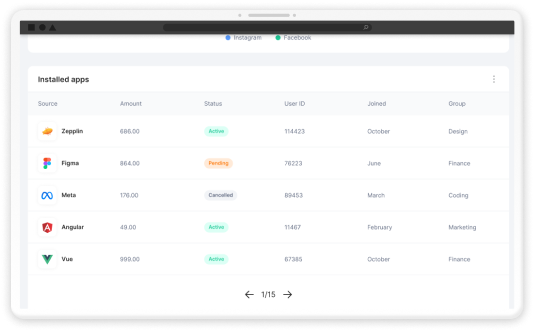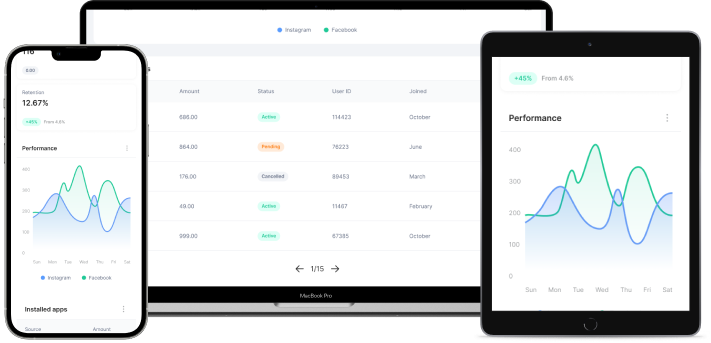Unable to deliver on your product roadmap?
Your team is top-notch, your tech is cutting-edge, and users rave about your product.
But, you don’t have the bandwidth or resources to deliver major features. #frustrating
You have come to the right place.
Automate your backend comprehensively to overcome these challenges and succeed.
We have been in your shoes
Even top developers write inconsistent code.
SQL developers often become bottlenecks until optimization is no longer feasible.
DBAs are stretched thin with no time for major backlog items.
Urgent features remain six months away, year after year. If only we had the time, resources, or anything to spare.
- Cache Management is painstaking, manual, and imperfect.
- Between SQL, C# and caching, things get convoluted.
- Where is the time to build what customers are asking for?


Database performance has a threshold
Speed of data retrieval from disk has a threshold for all databases (RDBMS & NoSQL). There’s a limit to how far one can optimize application data models and queries to improve database latency and performance. Beyond that, squeezing out more performance is not possible. Assigning more resources or upgrading to better hosts with higher performance has limitations, where the database engine becomes a bottleneck. We didn’t say any of this!
Many have tried and failed before us
Adding more developers seems reasonable until you discover headcount is directly proportional to entropy. Current techniques demand excessive training, processes, and software complexity.

Key Findings
We still write backend code using decades old techniques because that is what we have always known. Meanwhile, data access techniques have not evolved beyond stored procedures and ORM tools.
RDBMS is a dead-end
The very things which give you ACID compliance have made them unsuitable for modern workloads.
NoSQL is not the solution
Even NoSQL databases are limited by their inherent disk-optimized design.
The Cloud is expensive
Companies that achieve product-market fit, fail when expenses exceed revenue.
Scaling is expensive
Public Cloud companies make billions on elastic scalability & serverless computing. Even IO cycles cost money.
Redis takes time & effort
From startups to large enterprises, it takes everyone a long time to learn how to use it effectively.
CRUD takes a lot of work
Manually writing code for basic database operations and integrating caching w/ TTL in a consistent manner to avoid spaghetti code is challenging.
A Weak Foundation
Because applications are handwritten using unreusable, custom code, they become obsolete over time. The only opportunity to make significant improvements are at the get-go because changing anything later can break everything. What if the foundation for every app was reusable, and could independently evolve over time?
50x
Cyclomatic complexity per function/ module
20%
Technical Debt Ratio (TDR) in large apps
20
Typical number of defects per KLOC
3
Seconds or more latency is considered slow